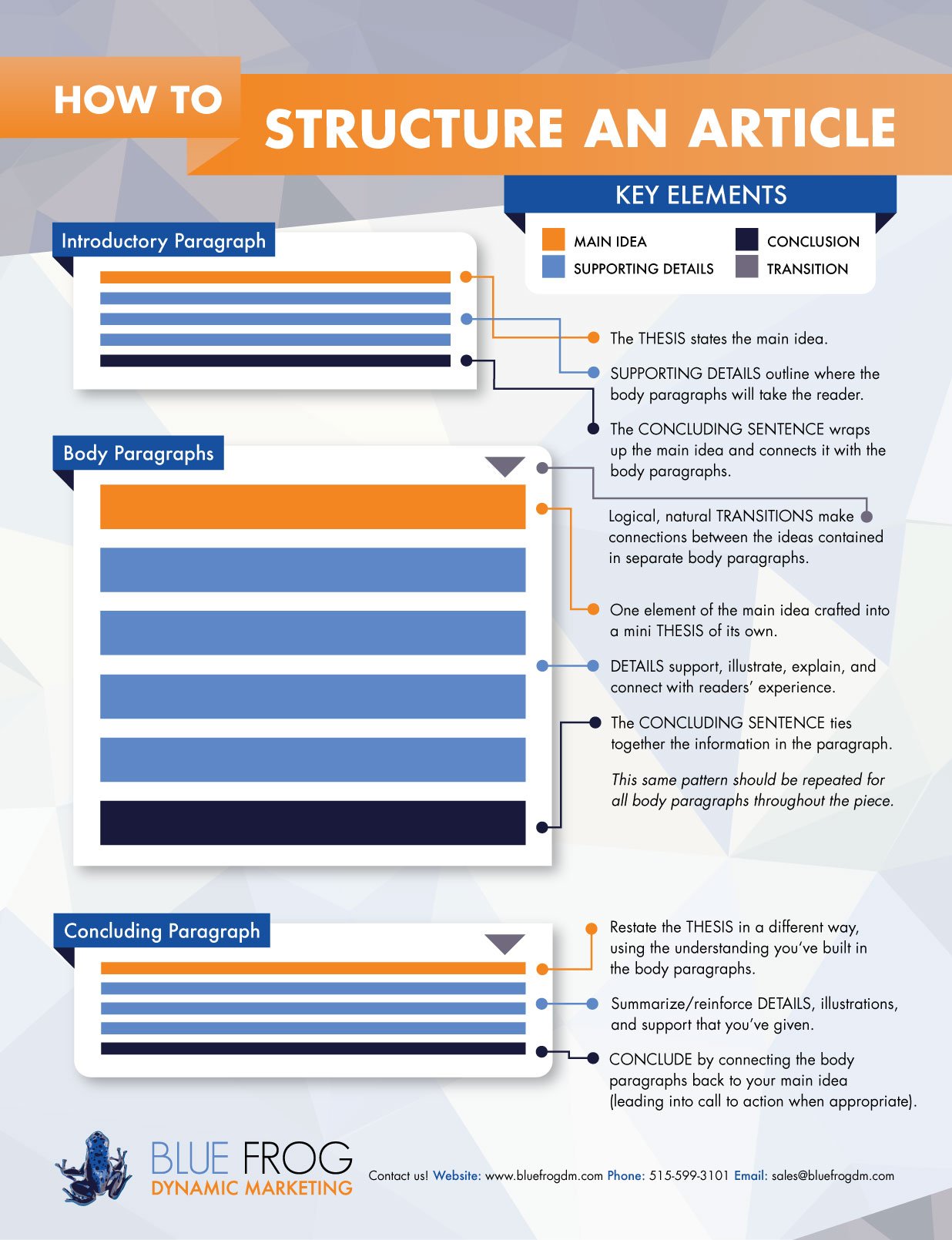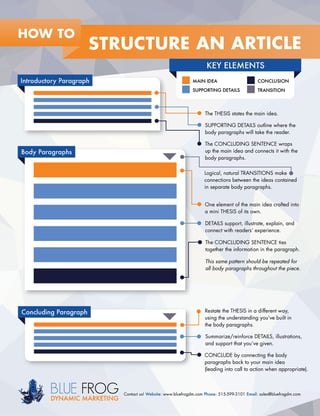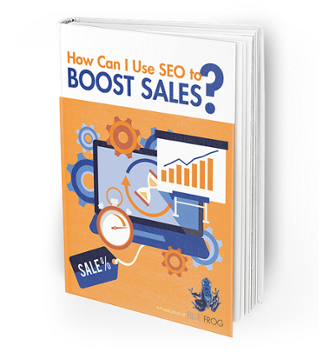
Learn to Stop Worrying and Love the Blog
Writing is a task that a lot of people find intimidating. Perhaps you know that creating interesting and informative articles for your company’s blog can increase your website’s SEO, draw more visitors, and build authority and relationships with potential customers, but the idea of getting started seems overwhelming. The fact is, however, that you already have the main ingredients you need to write compelling articles for your industry – your experience and expertise. You simply need to organize your valuable insight into digestible bits that your audience can use.
Thesis
First, decide what the main idea of your article will be, and state it in one sentence. This is your THESIS, and it will help you shape the rest of your article. For example, the main idea of this article might be stated as, “Although many people find writing intimidating, a basic understanding of structure guidelines can demystify the process.” Everything else contained in the article should relate to this main idea.
Support
Next, decide what main points you’d like to make in SUPPORT of your thesis. In this article, my support includes a breakdown of an article’s structural elements to give my readers the essential tools they need to create organized articles that their readers will find useful. Each main supporting point can be seen as a subordinate “main idea,” which is supported with examples, illustrations, or details of its own.
For each main supporting point, compile those smaller details, illustrations, or examples that you intend to use. This will form the outline for your article’s body paragraphs. Once you have this rough outline, writing becomes much easier and more natural because you are beginning with a logical structure, which you’ll then fill in with your valuable words of wisdom.
Transitions
When you write out your body paragraphs in full sentences, remember that each should clearly state its main idea and support it with those details you’ve laid out. Consider what is the most logical sequence for these body paragraphs, and use relevant, natural-sounding transitional phrases to hook the ideas in each together. Click here for a great resource with scores of examples of transitional words and phrases to enhance your article’s logical flow.
Conclusion
Once you’ve laid out your knowledge, tie it all together for your audience. Sum up with an overview of what you’ve discussed, and rephrase your thesis as a CONCLUSION. When writing articles for you company’s blog, it’s best if your conclusion can lead naturally into a call to action for your readers, such as a link to further information that you provide, a contact page, or a special offer. This will encourage engagement with your business after your readers have the information they came for.
Blue Frog provides a wide range of marketing services to our clients across the U.S. and beyond, including content creation, website design and optimization, and comprehensive inbound marketing. To learn more about how to use blogging and other SEO strategies to increase your company's sales, click below to download our free eBook, or contact us to discuss how we can assist you.




